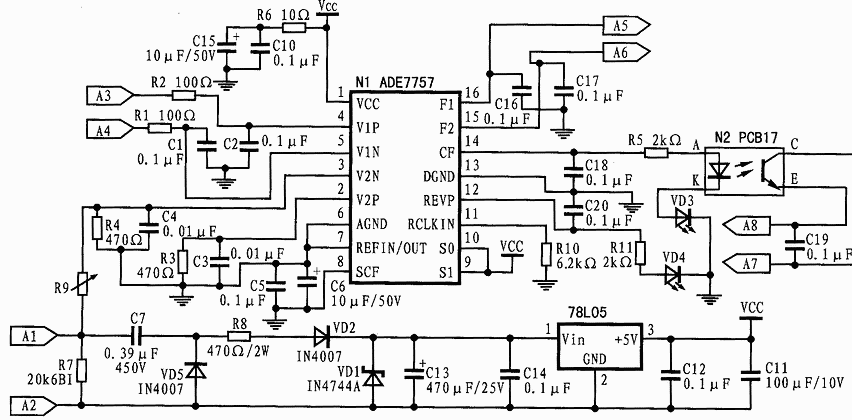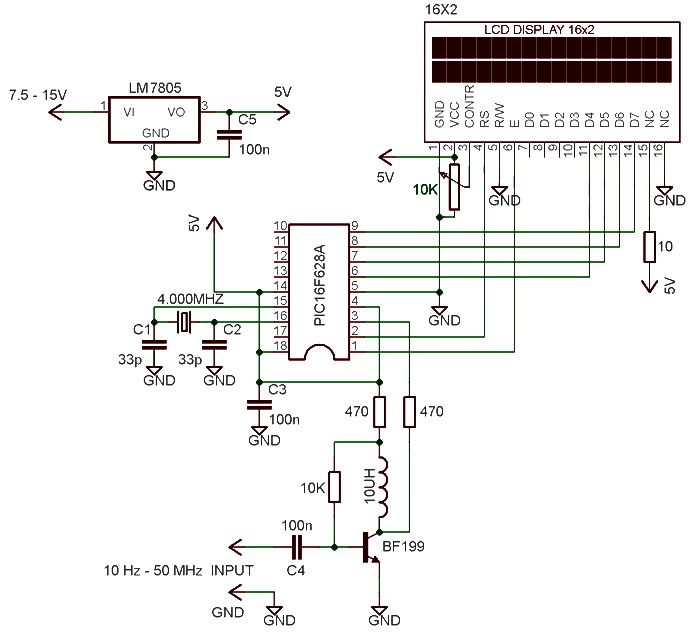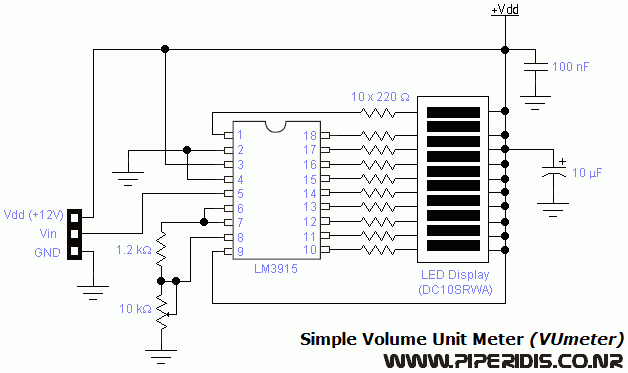
prepaid energy meter at89s52

Convert the smart cards into manual push buttons to control energy consumption, alleviating the consumer's concern about sourcing smart cards, especially given the limited supply in the area.
The proposed modification involves replacing the current smart card system with a manual push button interface for energy consumption management. This transition aims to simplify the user experience by eliminating the need for smart cards, which may be difficult to obtain in certain locations.
In this new configuration, each push button would be assigned a specific energy consumption level, allowing users to select their desired setting directly. The push buttons could be connected to a microcontroller that interprets the button presses and adjusts the energy consumption accordingly.
For the schematic, the following components may be included:
1. **Microcontroller**: A suitable microcontroller (e.g., Arduino or PIC) to process the inputs from the push buttons and control the energy output.
2. **Push Buttons**: A series of tactile push buttons, each corresponding to a different energy setting. These buttons would be connected to the microcontroller's digital input pins.
3. **Power Relay or MOSFET**: A relay or MOSFET to switch the energy load based on the microcontroller's output, allowing it to control higher power devices safely.
4. **Power Supply**: An appropriate power supply to power the microcontroller and the connected load.
5. **LED Indicators**: Optional LED indicators to provide visual feedback on the selected energy level or to indicate the system status.
The circuit design would require careful consideration of the electrical ratings of the components to ensure safe operation. Additionally, implementing debounce logic in the microcontroller's firmware would enhance the reliability of the button presses, preventing false triggers.
This solution not only simplifies the user interface but also enhances accessibility for consumers who may face challenges in obtaining smart cards.Change the smart cards into manual push buttons to set the energy consumption so that the consumer will need not worry on where to buy smart cards. is this a possibility we also don`t have enough supply of smart cards here in out location. we are planning to change the smart cards into manual push buttons to set the energy consumption so that the
consumer will need not worry on where to buy smart cards. is this a possibility 🔗 External reference
The proposed modification involves replacing the current smart card system with a manual push button interface for energy consumption management. This transition aims to simplify the user experience by eliminating the need for smart cards, which may be difficult to obtain in certain locations.
In this new configuration, each push button would be assigned a specific energy consumption level, allowing users to select their desired setting directly. The push buttons could be connected to a microcontroller that interprets the button presses and adjusts the energy consumption accordingly.
For the schematic, the following components may be included:
1. **Microcontroller**: A suitable microcontroller (e.g., Arduino or PIC) to process the inputs from the push buttons and control the energy output.
2. **Push Buttons**: A series of tactile push buttons, each corresponding to a different energy setting. These buttons would be connected to the microcontroller's digital input pins.
3. **Power Relay or MOSFET**: A relay or MOSFET to switch the energy load based on the microcontroller's output, allowing it to control higher power devices safely.
4. **Power Supply**: An appropriate power supply to power the microcontroller and the connected load.
5. **LED Indicators**: Optional LED indicators to provide visual feedback on the selected energy level or to indicate the system status.
The circuit design would require careful consideration of the electrical ratings of the components to ensure safe operation. Additionally, implementing debounce logic in the microcontroller's firmware would enhance the reliability of the button presses, preventing false triggers.
This solution not only simplifies the user interface but also enhances accessibility for consumers who may face challenges in obtaining smart cards.Change the smart cards into manual push buttons to set the energy consumption so that the consumer will need not worry on where to buy smart cards. is this a possibility we also don`t have enough supply of smart cards here in out location. we are planning to change the smart cards into manual push buttons to set the energy consumption so that the
consumer will need not worry on where to buy smart cards. is this a possibility 🔗 External reference





